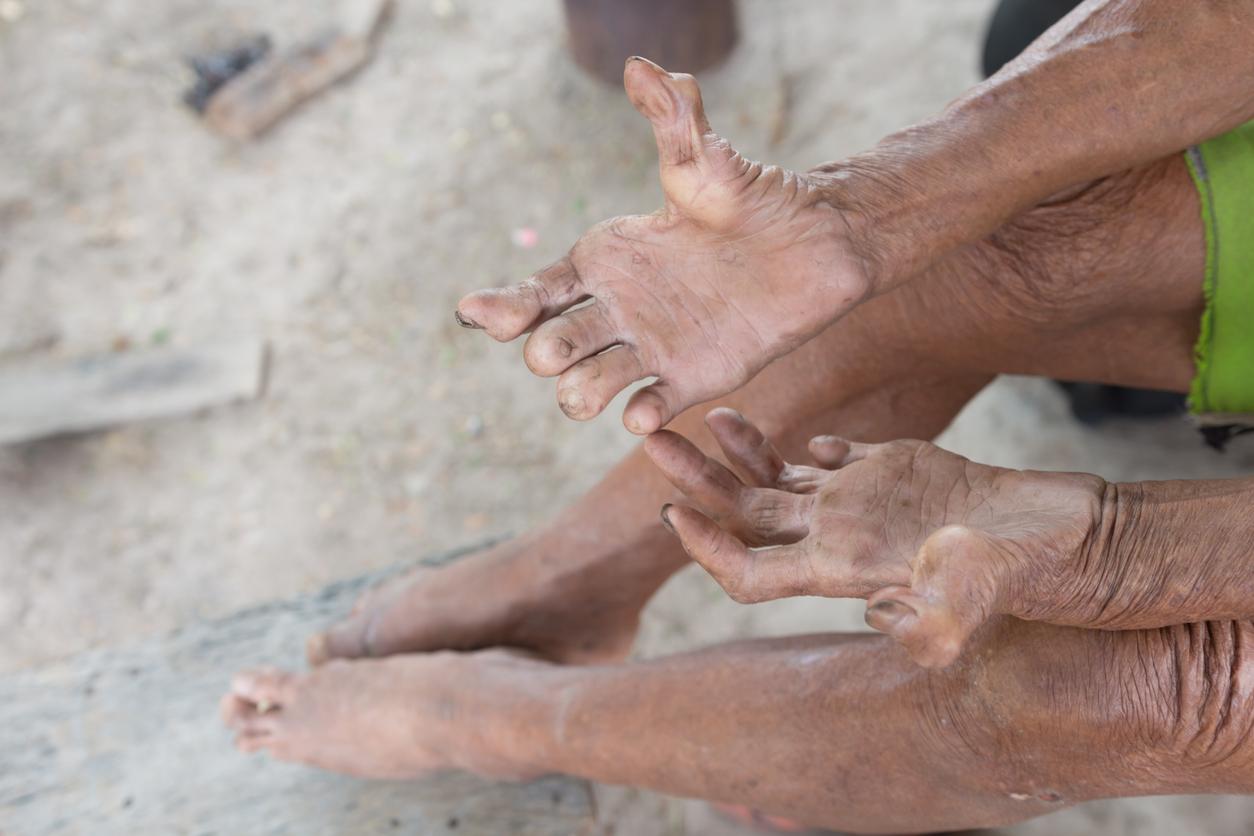A 28-year-old woman presented to the emergency room with the flu. She was actually suffering from an infection that cost her an arm and two legs.

Going to consult for a simple flu, Cari Kirkness, a 28-year-old Canadian, surely did not think she would leave the hospital deprived of three of her members, after more than a month of bed rest. Everything came together very quickly for this resident of The Pas, a small town of 5,000 inhabitants in Manitoba, in central Canada.
“I had a sore throat, earache, headache and muscle aches,” Cari Kirkness told CBC News. Classic flu-like symptoms, which did not suggest such a serious outcome. After three days, a kind of bruise appeared on her arm, spreading rapidly. “I had huge red and burgundy spots down my arm, and the pain got really worse overnight.
The day after a visit to a local medical center, where a simple bacterial swab was taken, and faced with the pain she was feeling, she went, accompanied by her mother, to the emergency room of Victoria Hospital in Winnipeg. , capital of the Canadian province more than 500 km from her home. There, doctors diagnosed him with an “invasive infection with necrotizing fasciitis group A streptococcus”, that is, a flesh-eating bacteria.
Three successive amputations
Faced with the seriousness of her condition, she was quickly transported to the Winnipeg Health Sciences Centre, which is better able to manage this type of injury. She was placed there in solitary confinement, monitored by a dozen doctors. The progression of the infection led them to decide to amputate his right arm, as well as the lower part of his left leg, which was also affected.
The young Canadian, whose vital prognosis was now engaged, was placed on respiratory assistance. “Doctors told us they expected her not to stay overnight,” said Loretta Kirkness, the patient’s mother. The young woman’s health problems were not over. The next day, while she was unconscious, doctors noticed signs of infection on her right leg.
Faced with a delicate choice, the medical profession asked the patient’s mother if she wanted her daughter to have her second leg amputated, or if it was better to stop treatment. “It was easy as pie. We told her: ‘No, amputate the leg, we choose life. We don’t want it to leave us,’” the mother said.
Rarely favorable prognoses
A month after her admission, Cari Kirkness is now recovered, and wants to return home as soon as possible to find her two sons. This terrible experience left her with only one arm and half a leg, and the month of bed rest left her considerably weaker: the temporary muscular atrophy no longer allowed her to hold her head up. But it does not seem to have undermined his morale. ” I’m not angry. I am still with my babies. And I still have an arm to kiss them, give them hugs, ”she said positively.

Cari Kirkness and her sons (Photo: Cari Kirkness)
Each year, between 90 and 200 cases of necrotizing fasciitis infections are recorded in Canada (for approximately 35 million inhabitants), and almost one third of them result in death. No epidemiological data is available for France, but this case is reminiscent of that of Priscilla Dray, a woman affected by the same attack in 2011. She had contracted this infection in hospital, after a simple voluntary termination of pregnancy. She had come out without her hands and feet.
Faced with the slowness and inefficiency of the emergency staff of the Bordeaux University Hospital, where she had been sent twice before being properly taken care of, she had decided to file a complaint. In early 2017, the hospital was condemned for “failing care”, and the patient will be compensated. She is now fighting to be a candidate for a hand transplant.
.

















